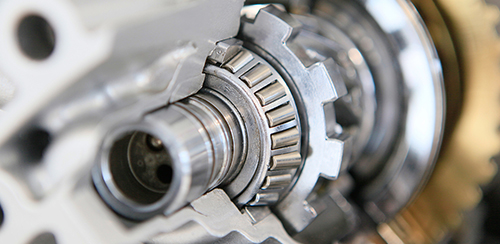The importance of plate heat exchangers in the chemical industry
In the early days, plate heat exchangers were mostly used in milk sterilization or beer processing. It has been widely used in the industry as a compact heat exchange device. Through application practice, people gradually have a deeper understanding of its superiority. With the expansion of application fields and the advancement of weaving technology, plate heat exchangers have become an important heat exchange device. Heat exchangers for heating in daily life, condensers on steam turbines, and oil coolers on space rockets all have heat exchangers. It is also widely used in chemical, chemical, and nuclear industries.
The development of plate heat exchangers has been through more than 100 years of history. In 1878, Germany had the results of research in this area. China's research on plate heat exchangers began in the 1960s. In 1965, Lanzhou Petrochemical Machinery Factory designed and manufactured China's first plate heat exchanger based on some data. At present, China's plate heat exchanger manufacturers have developed into hundreds, with an annual production of more than 80,000 units, and the application field is gradually expanding.
The advantages of the plate heat exchanger are: high heat transfer coefficient, large logarithmic mean temperature difference, large NTU (turbidity), strong temperature resistance, small floor space, light weight, low dirt coefficient and convenient cleaning. Its role is to exchange heat. The application in the chemical industry can exchange a certain amount of heat for a certain period of time. It can also be used for the purpose of heat recovery. It can also be used to ensure safety. The purpose is that some of the equipment is damaged due to an increase in the temperature of the textile and an increase in pressure.
The traditional heat exchanger has the advantages of large floor space, low heat exchange efficiency, large heat transfer temperature difference, easy scaling, etc. It is not suitable for use in the case of large heat exchange, and is not suitable for mass use in the chemical industry. . The heat transfer efficiency and temperature difference of the plate heat exchanger are small, the anti-fouling and anti-fouling ability is strong, and the heat transfer coefficient is high. It can adapt to the place with high critical load, and the technology is more and more mature, and the application will be more extensive in the future.
In short, plate heat exchangers have a variety of applications in the chemical industry, and their status has taken great significance. Development is bound to be a diversified rank.





